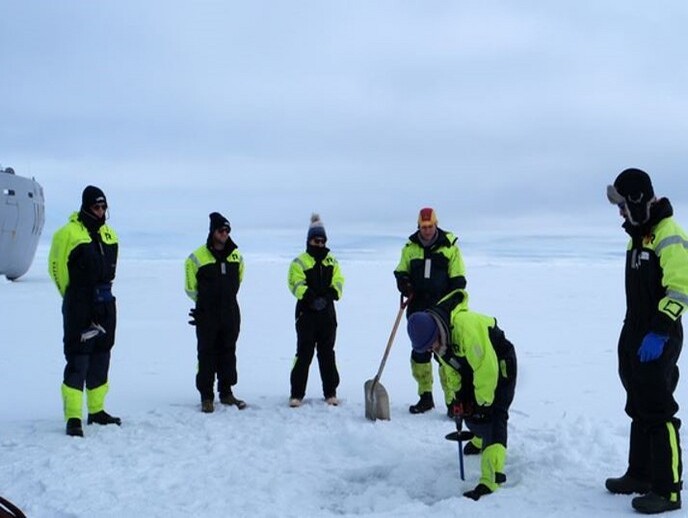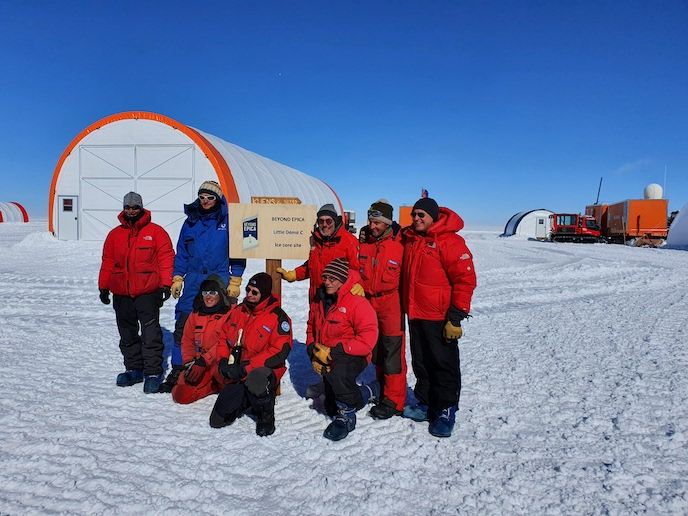Ocean currents help predict climate change
Thermohaline circulation (THC) refers to the global ocean currents that result from changes in temperature and salinity. Abrupt climate change has been attributed to fluctuations in the strength of THC, and so it is important to accurately measure these fluctuations. Both long- and short-term forecasts have largely been catered for but there is a lack of medium-term regional forecasts that cater for the decadal timescale. The EU-funded 'Thermohaline Overturning - At risk?' (THOR) project established a system to monitor and forecast THC changes in the North Atlantic for timescales in terms of decades. The aim was to assess the strength of THC, and to provide an early warning system for large-scale changes affecting the European climate. THOR used direct observations, a range of models and modelling tools, and pre-existing datasets to identify the key processes that drive THC. This allowed researchers to predict the feedback mechanisms between the ocean currents, atmospheric changes and the cryosphere. Another major achievement was the expansion of fixed observation stations. These are crucial for the long-term monitoring required for accurate climate change predictions. Data from this observation network agrees well with model results, lending validity to the THC models used here. Monitoring and predicting climate change requires comprehensive observations and an in-depth understanding of the way temperature and salinity changes affect the ocean. THOR contributed to these needs by enabling confident prediction of the effects of THC on climate change in Europe. The project's video under the title "Is the thermohaline circulation really at risk?", is available online.







